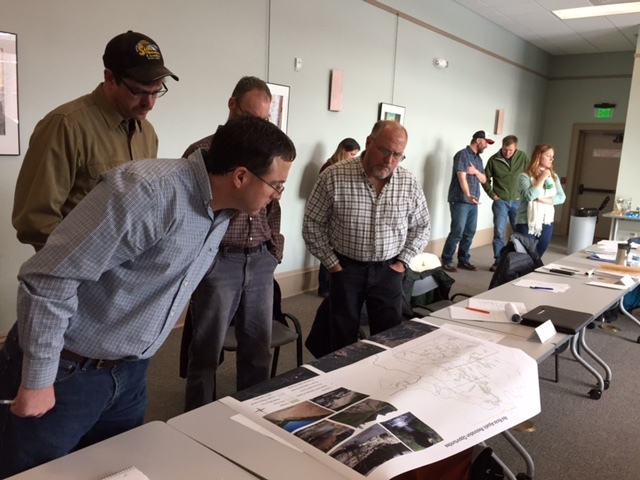As a general rule, the restoration needs on our National Forests are overwhelmingly large. A history of fire suppression, road-building, past management practices, invasive species, and insect and disease outbreaks have impacted wildlife habitat, water quality, recreational experiences, and timber and other resource values.
So where should the limited time and budgets of the agency and partners be invested?
This is a big question. In my experience as a facilitator, I have seen collaborative groups conflict with the Forest Service because they reach differing conclusions about where and how to restore National Forests. In addition, collaborative groups often ask the Forest Service for the long-term strategy to prioritize restoration projects on the forest – which involves more specific details than you can find in a forest plan.
On the Beaverhead-Deerlodge National Forest in Montana, the Forest Service and the Beaverhead-Deerlodge Working Group (Working Group) have found a way forward. First, they worked together to establish a list of criteria to help rate project priorities. The criteria include restoration outcomes like miles of stream habitat restored, miles of road decommissioned, and native species habitat improvement, as well as recognition of targets associated with rangeland management, timber outputs, and hazardous fuel reduction.

After gaining an understanding of the intended work in each project, the Working Group members discussed and rated the projects according to each criterion. In the end, the collaborative favored larger-scale projects with multiple restoration objectives. The Forest Service, who had conducted their own rating exercise, listened to the Working Group discussions and is considering the input in their development of a five-year plan.
Not only was the process a useful exercise in building a shared understanding of restoration opportunities, but it has helped establish alignment between the Working Group and the Forest Service regarding where it makes the most sense to work together.
The Working Group and the Forest Service are now spending meetings in discussion of project design and the trade-offs of differing approaches to managing the resources. This shift should result in more projects getting done on the ground.

